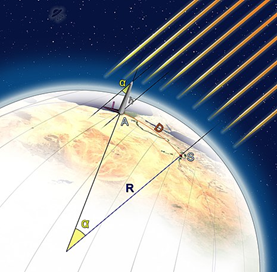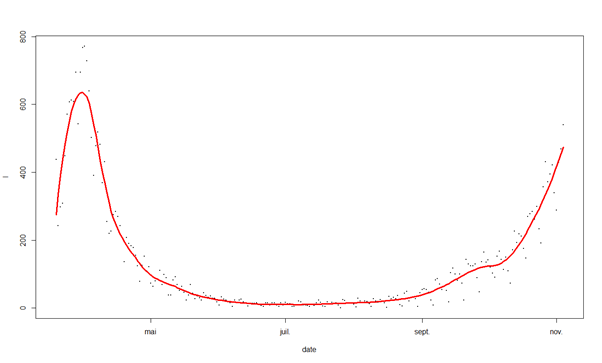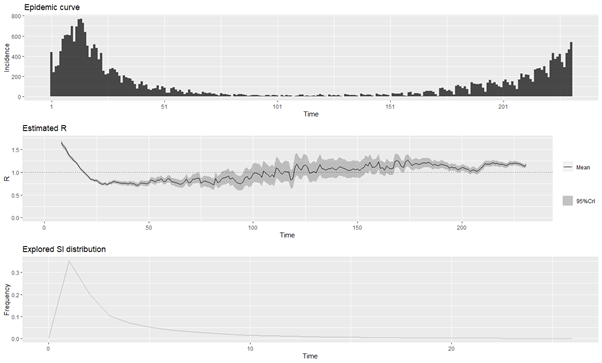
DIFFRACTION!
Feynman once said that if you understand the diffraction of a single electron, you understand the whole of quantum mechanics (”QM”).
Who knows, maybe this is the day you’ll understand diffraction & QM?
Feynman once said that if you understand the diffraction of a single electron, you understand the whole of quantum mechanics (”QM”).
Who knows, maybe this is the day you’ll understand diffraction & QM?
https://twitter.com/jeuasommenulle/status/1328016281384185856

Indeed, this strange phenomenon turned out to be the key to unlock one of the biggest mysteries of the universe: the wave-particle duality!
But it took a while to get there, because, unlike reflection or refraction, diffraction is hard to observe.
But it took a while to get there, because, unlike reflection or refraction, diffraction is hard to observe.
Let’s start with the basics: a shadow. Surely, that’s how you think a shadow works. The shape of the shadow is exactly the shape of the object because light travels in straight lines. 

I regret to inform you that this is entirely wrong. A shadow will include tiny dark lines on the bright side and tiny bright lines on the dark side. But this is very hard to observe, especially with the Sun’s light (because the Sun is too big.) 

But Grimaldi, a 17th-century Italian priest, mathematician & physicist, did the 1st rigorous experiments & invented the word diffraction. His main observation was that light through a hole does not go in a straight line, but forms a cone! 

Grimaldi also showed that refraction and reflection could not explain this behaviour, but he was unable to explain his discovery other than by suggesting that, maybe, the light was behaving as a wave. He used the circular water wave analogy. 

Fast forward to the late 17th early 18th century physics, dominated by Newton & his corpuscular optics. Newton had an archenemy, Robert Hooke! Hooke always argued he had invented the law of gravity before Newton and the two fought bitterly.
Hooke is famous for one of the most beautiful books ever written: Micrographia (1665), in which he illustrated insects, plants or even (for the first time) a biological cell (see below), as seen through a microscope. 
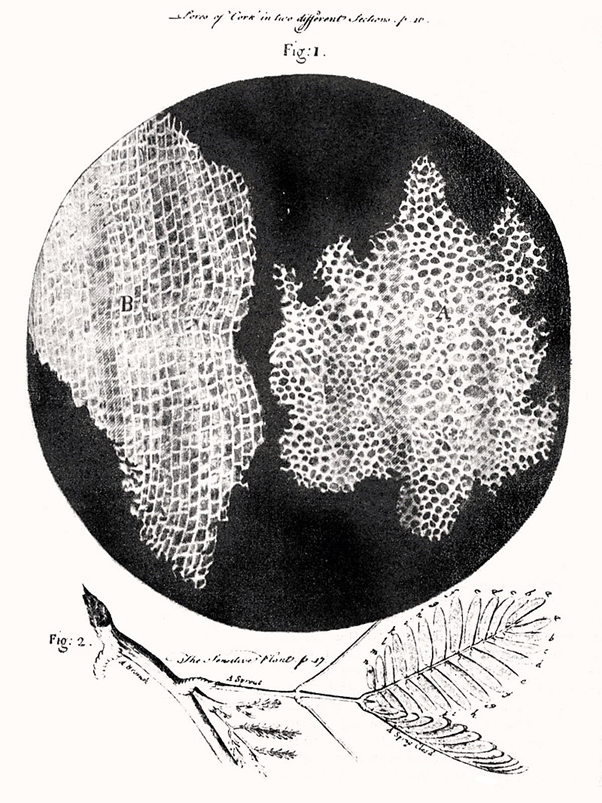
One topic Hooke investigated was the way colours appeared on thin sheets of glass – what we now call iridescence (think soap bubbles!). This led him to focus on diffraction and to come up with a (poorly designed) wave theory of light. 

Until attending a speech by Hooke in 1675, Newton had never heard of diffraction. He immediately decided he had to investigate it because it was not exactly consistent with the first theory of corpuscular optics he had just published!
This led him to the “discovery” (Hooke had discovered it in 1665 – didn’t improve their relationship!) of Newton rings: light reflected between a spherical surface & and an adjacent flat surface creates a shape of concentric rings. 
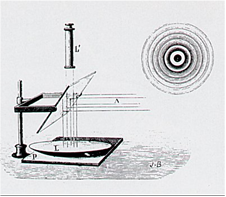
It was so hard to explain the rings with his former theory, that it took Newton 29 years to publish an explanation in “Opticks” in 1704! He came up with three ideas – two good ones and a wrong one.
The two good ideas: 1) the air between the two plates is part of the explanation to Newton rings 2) each time light goes from air to glass, part of it is reflected & part is not.
Now think hard about this last one. It might sound like a simple idea, but it is revolutionary.
Why can you see both through a window & your reflexion in it? If you can come up with an explanation, you’re good, because it requires some quantum mechanics! It’s arguably the simplest everyday observation that can’t be explained wo QM! 

(The explanation is for another thread.) But the rest of Newton’s work didn’t really make sense. He invented “fit theory”, arguing that some light particles “fitted” well with glass (& go through it) while others don’t (& are reflected.)
Particles of different colours didn’t “fit” in the same way, hence the coloured rings. Newton also tried to explain those “fits” with ether vibrations, but this was almost impossible to understand.
He also explained diffraction using his (tweaked) universal gravitation that would deviate light rays… not unlike general relativity, centuries later! Unfortunately, this could explain the shadow in the light… but not the light in the shadow!
Despite that, Newton was too influential for physicists to argue with him. It took a mathematician to challenge the theory: Euler didn’t accept the explanation for diffraction & came up with a new wave theory of light.
But how? Back at the time, when physicists were lost, they usually called “ether” to rescue them, the mysterious fifth element of Plato that filled the universe above the Earth. Euler did the same: he described light as a wave in ether. 

His ether was different from Huygens‘: it was an elastic fluid occupying the whole universe. Euler described light beautifully: “The sun is a bell ringing out light". This is how he was the first to connect the frequencies of light with colors! 

But believe it or not, no one cared about Euler’s theory. He was a mathematician, not a physicist! It took an unlikely Franco-British alliance in the middle of the Napoleonic wars to finally defeat Newton!
On the English side, meet Thomas Young. At only 13, he was already speaking twelve languages and mastering Newton’s work! He laid the theoretical foundations that explain human vision based on three colours (Young–Helmholtz theory.) 

But his major work is his 1801 memoir “on the theory of light and colours”. This includes an absolute theoretical bombshell. For the first time ever, someone was brave enough to claim that light on light can produce… darkness! 

This is nothing but the application to light of a phenomenon well known since antiquity and studied by da Vinci: the interference of two waves, such as real water waves. Their effects can add up…or cancel each other out. 
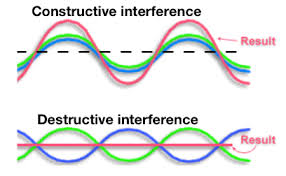
How was this enough to explain diffraction? By using Huygens’s principle! Each time a wave reaches a point, wave(let)s are re-emitted in all directions. Still not convinced that this enough to explain diffraction? Then consider this setup with light going through a hole. 

As light comes through a tiny hole, waves will be re-emitted in all directions. Let’s look at some possible directions. First, what happens to the ones going straight ahead? Nothing special, so there will be a light spot ahead. 

What about waves going in a different angle? See the drawing below: they will hit a screen at different points in the wave amplitude: some will hit at a peak, sometimes at a through. And when a peak & a through mix, darkness appears! 

Young didn’t really try to prove anything in this 1801 memoir… and yet he was trying to cancel Newton! Unsurprisingly, he needed some experimental backup. Which he did in 1803 with the most important experiment in the history of physics!
LADIES AND GENTLEMEN, THE DOUBLE SLIT EXPERIMENT (also called Young slits).
Light goes through a slit, then two slits. What do you expect to see on the screen?
Light goes through a slit, then two slits. What do you expect to see on the screen?

But THIS is what you get. Dark fringes appear in the middle of only one circle. This is the absolute proof that an interference phenomenon is taking place, that light is a wave, that sometimes LIGHT+LIGHT = DARKNESS. 

Why is that? The explanation is the same as for diffraction: waves coming from each slit will interfere differently depending on the angle – hence light or darkness on the screen! 

Needless to say, Young’s ideas were not immediately accepted! And he needed a French polytechnician to help him! As a young Frenchman, Fresnel was happy to take on Newton. 
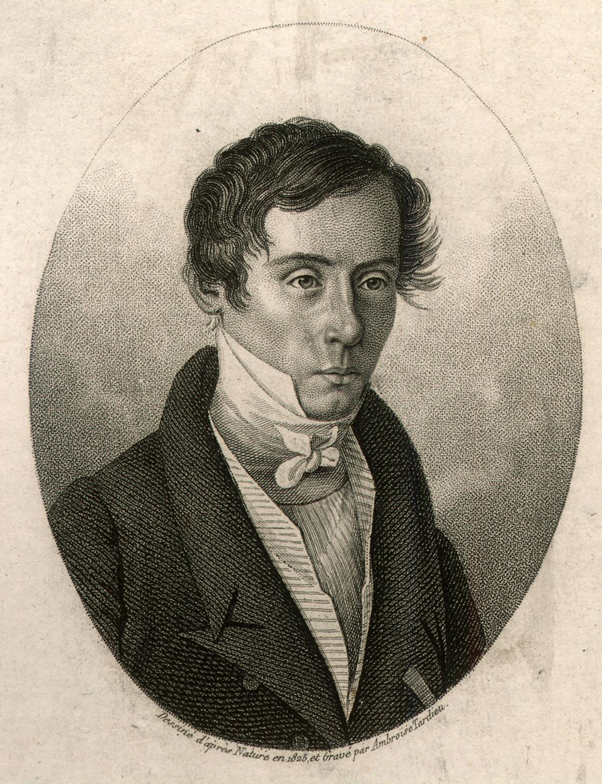
He even wrote that Newton was “rambling”! Shocking! His work started (again!) with the Iceland spar and double refraction problems. He used the same argument as Huygens: how does collision of light or ether work?
But his main contributions were extremely meticulous experiments about the shadows of very thin objects. He even used a drop of honey to create a very tiny and very convex lens! 

His most important discovery was that the shadow of a thread was not the same if a screen prevented light to go on (say) the left of the thread! Therefore, light going on the left influences the shadow on the right!
& With a dark material covering the left. The center fringe (for example) has totally changed! The fact that light passing on the left will influence light on the right is deeply mysterious and not unlike modern QM experiments. 
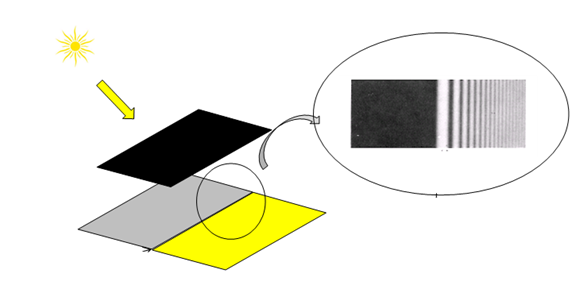
The French Académie des Sciences was not entirely convinced, so, in 1817 they organised a challenge and a Prize for the firsts scientist who would provide a final explanation to diffraction. The Jury didn’t really expect Fresnel to win
They still believed in Newton. And they were almost right: the mathematician Poisson showed that Fresnel’s theory was absurd: it predicted that the shadow of a tiny circular object would have a tiny bright spot in the center. LOL.
It took all the influence of the mighty Arago to convince the Committee that this experiment was worth trying – even if it sounded totally ridiculous to everyone.
DRUM ROLL.
Here is the famous minuscule spot which was the final blow to Newton’s theory of light, the ultimate proof that was required to convince the world that Fresnel was right: the Arago / Poisson / Fresnel spot
Here is the famous minuscule spot which was the final blow to Newton’s theory of light, the ultimate proof that was required to convince the world that Fresnel was right: the Arago / Poisson / Fresnel spot

But to be fair, I must acknowledge that my fellow Frenchmen were not the true geniuses here. Thomas Young was. The double-slit experiment & its many variants are still classic experiments of modern physics.
To quote Feynman again
“In reality, [the double-slit experiment] contains the only mystery of quantum mechanics”.
But it would (again!) be a long scientific journey to get there!
“In reality, [the double-slit experiment] contains the only mystery of quantum mechanics”.
But it would (again!) be a long scientific journey to get there!
For a later thread, obviously, because I feel you’re still frustrated that you don’t fully understand QM yet 😊
Slight bug in the numbering
It should continue there
It should continue there
https://twitter.com/jeuasommenulle/status/1330175276047872002?s=19
• • •
Missing some Tweet in this thread? You can try to
force a refresh






